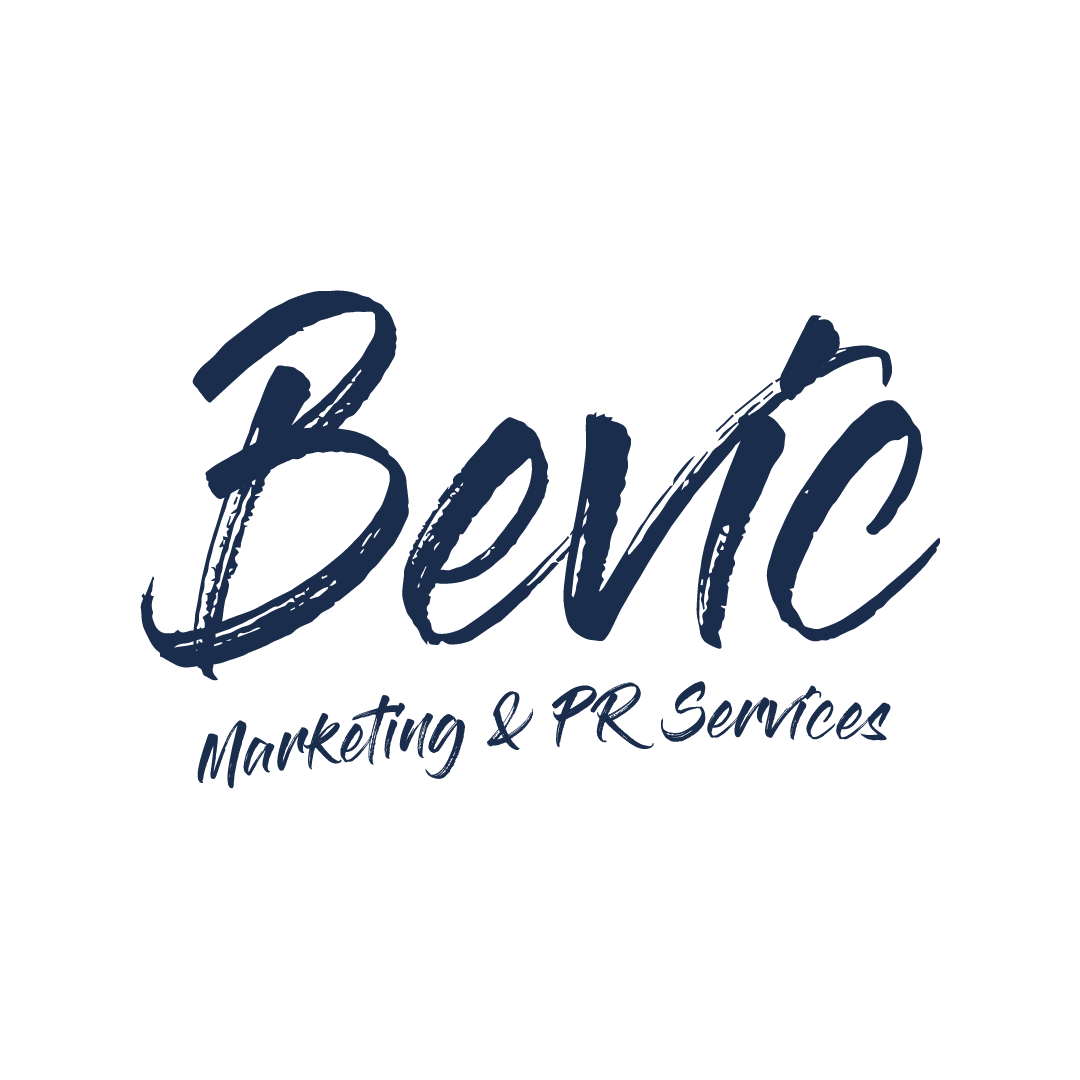Crack the Code of Content Marketing with Effective Content Pillars
Content marketing has emerged as a powerful tool for businesses to engage, educate, and build lasting relationships with their target audience. By delivering valuable and relevant content, businesses can establish themselves as industry authorities while reaping the benefits of increased brand awareness, organic traffic, and lead generation. By understanding the key components and employing effective strategies, businesses can harness the potential of content marketing to drive growth and success in the digital landscape.
“Content is King”
What are content pillars?
Content pillars, also known as content themes or content buckets, are broad topics or categories that form the foundation of a company's content marketing strategy. They represent the core subjects around which a business creates and organises its content. Content pillars help maintain consistency, provide structure, and ensure that content aligns with the overall goals and messaging of the brand.
The Benefits of Content Pillars
Consistency: Content pillars provide consistency in messaging, tone, and topics. They ensure that all content produced by a brand revolves around a set of core themes, establishing a cohesive and recognisable brand identity.
Audience Relevance: By aligning content with the interests and needs of the target audience, content pillars help businesses deliver valuable and relevant information consistently. This relevance enhances audience engagement and encourages them to stay connected with the brand.
Strategic Focus: Content pillars allow businesses to concentrate their efforts on creating content that supports their overall marketing strategy. By focusing on specific themes, brands can build authority and thought leadership in their respective industries.
“What really decides consumers to buy or not to buy is the content of your advertising, not its form”
Examples of Content Pillars
Examples of content pillar themes include the following.
Sales – The type of content that specifically promotes a product or service including sales offers. This type of post should make up no more than 20% of your content
Community – This content is from the community. It could include user generated content (UGC), or you sharing other accounts/content from other organisations that your audience might be interested in. UGC not only adds credibility and social proof but also fosters a sense of community and encourages engagement.
Value/Education – This is content that is useful and informative to your audience. It focuses on providing content that offers tangible benefits and valuable insights to your audience.
Brand – This content showcases the brand – from the values, to the staff, to news updates
Entertainment – If your brand has fun/humour as a key value, sharing entertaining content including memes or videos that the community would find entertaining.
Working with three-four content pillars usually provides the focus and structure needed for a brand to start creating consistent, relevant material.
Once you know which content pillars you are focusing on, you can make a note of the type of content that would fall under that category which then forms an easy reference point if you’re struggling for content to post on social media.
For example, under the Brand content pillar you could have the following type of material:
Brand story – introduce founders, staff, the why it was created
Behind the scenes
Company culture
Brand advocacy, testimonials
Brand values and commitment to things like CSR, community engagement
Brand updates, news
When planning out your content for social media, it can be handy to allocate a colour to each pillar so when you’re planning it out, you can easily see if there’s more of one type than other and even things out if needed.
Content pillars provide structure and focus for a brand's content marketing efforts. By defining key themes, businesses can maintain consistency, relevance, and strategic alignment in their content creation. Effective use of content pillars enables brands to engage their target audience, establish authority, and build a strong brand presence in the marketplace.
